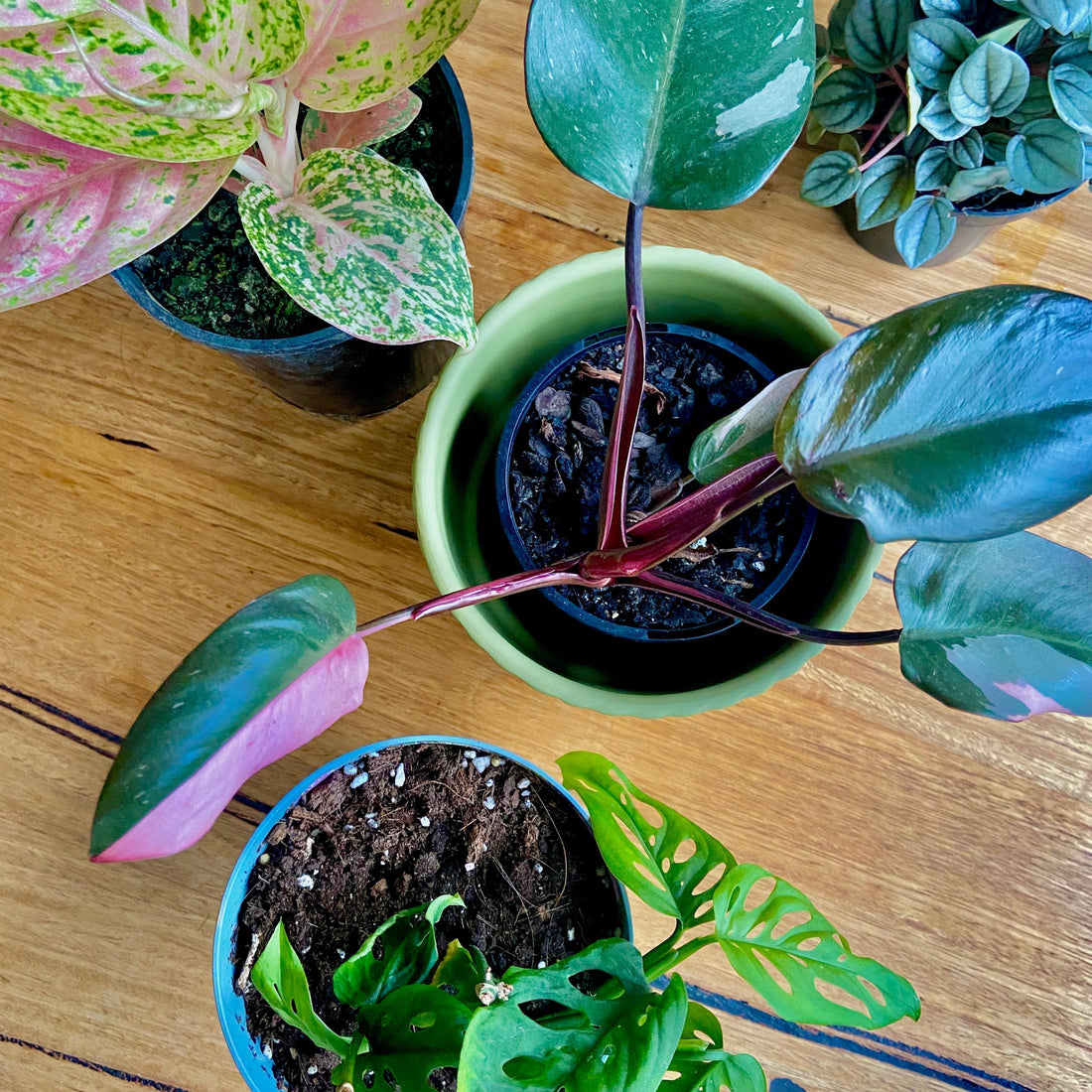
Leaf Language – How to Listen to Your Melbourne Indoor Plants
Lee-Anne FerrariShare
Did you know your plants are always talking to you? Sadly, not with spoken words (though imagine the conversations we’d have!) — instead, they communicate through their leaves. For plant lovers, learning this “leaf language” is the secret to happier, healthier houseplants.
When it comes to Melbourne indoor plants, leaves are the best indicators of how well your plant is adjusting to our indoor environment. While hardy indoor plants will often bounce back from neglect, even they will show clear signs if something isn’t quite right. From thirst to overwatering, from low humidity to pests, your leaves are always sending messages.
1. Water – Finding the Right Balance
For most houseplants, water is all about balance. Allow the soil to dry out a little before watering again. Consistently moist soil won’t usually cause harm — unless it stays too wet for too long, which is where issues begin.

2. Underwatering
Signs to look for:
-
Limp, droopy leaves
-
Dry, crunchy brown spots
-
Yellowing leaves
Even hardy indoor plants will suffer if left too dry. If your plant looks weary and its leaves feel brittle, it’s asking for a deep drink and a more regular watering routine.
3. Overwatering
Signs to look for:
-
Drooping leaves that don’t recover after watering
-
Mushy black spots
-
Lower leaves turning yellow
Overwatering is one of the most common mistakes with Melbourne indoor plants. If roots sit in soggy soil, rot quickly sets in. Always check the top few centimetres of soil — if it’s damp, skip watering until it feels dry.
4. Humidity
Signs to look for:
-
Crispy, brown edges along leaves
Many tropical plants naturally grow in environments with humidity levels of 70% or more. Melbourne homes — especially during winter heating — can be far drier. Grouping plants together, misting, or adding a humidifier can give your leafy friends the moisture they’re craving.
5. Pests & Diseases
Signs to look for:
-
Spider mites (tiny webs under leaves)
-
Scale (small brown bumps)
-
Mealybugs (white, cottony patches)
Regular leaf checks are essential, even with hardy indoor plants. Pests can move in quickly, but catching them early makes all the difference.
Final Thoughts
Learning to read the “leaf language” of your Melbourne indoor plants is one of the most rewarding parts of plant care. With a little practice, you’ll be able to spot problems early and keep your collection thriving.
Remember — even the hardiest indoor plants are always communicating. All we need to do is slow down, look closely, and listen to what their leaves are saying. 🌿


